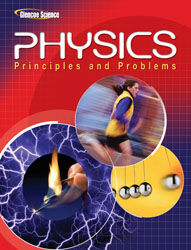1 A) Brahe B) Copernicus C) Cavendish D) Newton 2 A) frictional B) gravitational C) planetary D) universal 3 <a onClick="window.open('/olcweb/cgi/pluginpop.cgi?it=jpg::::/sites/dl/free/0078807220/617906/ar.jpg','popWin', 'width=NaN,height=NaN,resizable,scrollbars');" href="#"><img valign="absmiddle" height="16" width="16" border="0" src="/olcweb/styles/shared/linkicons/image.gif"> (4.0K)</a> A) Kepler's first law B) Kepler's section law C) Kepler's third law D) The Law of Universal Gravitation 4 <a onClick="window.open('/olcweb/cgi/pluginpop.cgi?it=jpg::::/sites/dl/free/0078807220/617906/as.jpg','popWin', 'width=NaN,height=NaN,resizable,scrollbars');" href="#"><img valign="absmiddle" height="16" width="16" border="0" src="/olcweb/styles/shared/linkicons/image.gif"> (5.0K)</a> A) close to B) equal to C) farther from D) parallel to 5 A) Kepler's third law B) Period of a planet orbiting the Sun C) The Law of Universal Gravitation D) The Universal Constant





